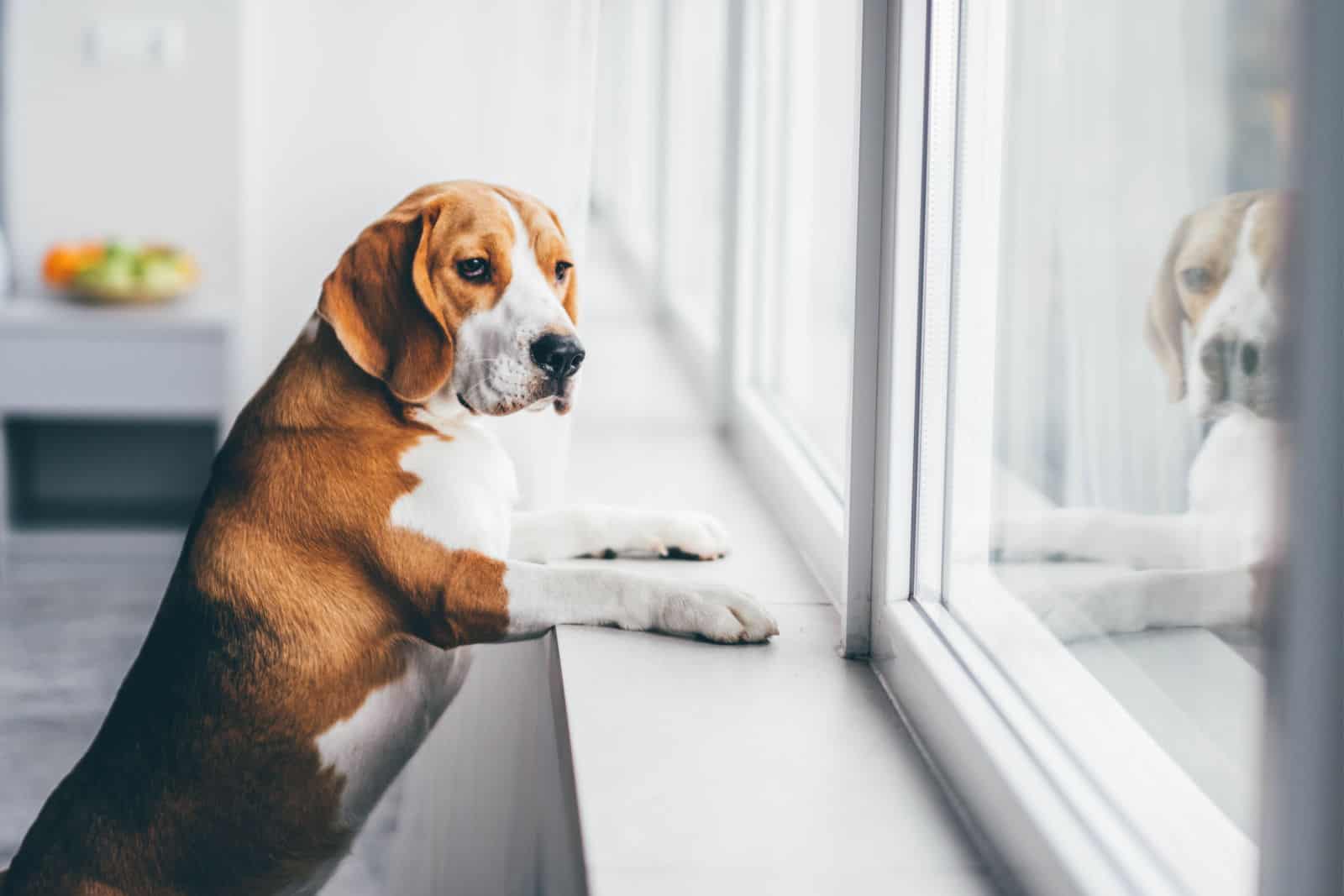Did you know that separation anxiety affects one in every four to six dogs? And, the surprising fact is that it is more common in older dogs than in young dogs.
It may sound worrisome, but these are only statistics from those dog owners who have noticed early signs of this condition in their pups. There are plenty of those that do not show obvious signs but suffer in silence.
It seems that some dog breeds are prone to separation anxiety more than others.
Today, we are going to talk just about those that are more likely to develop this unfortunate behavioral problem.
21 Dog Breeds Prone To Separation Anxiety: Lonely Paws Club
If you are an aspiring paw parent, then you may be wondering if there are any dog breeds that take separation anxiety very badly.
This is especially if you are one of those dog lovers who works an eight-hour shift and has to leave their fur baby alone at home.
- Stress
- Stomach problems
- Lethargy
- Loss of appetite
- Excessive licking
- Whining
- Intense pacing
- Restlessness
- Barking
- Vomiting
These are the many shapes and forms of separation puppy blues that owners should look out for.
Perhaps you will not want to consider any of the following dog breeds that are prone to separation anxiety.
1. Alaskan Klee Kai
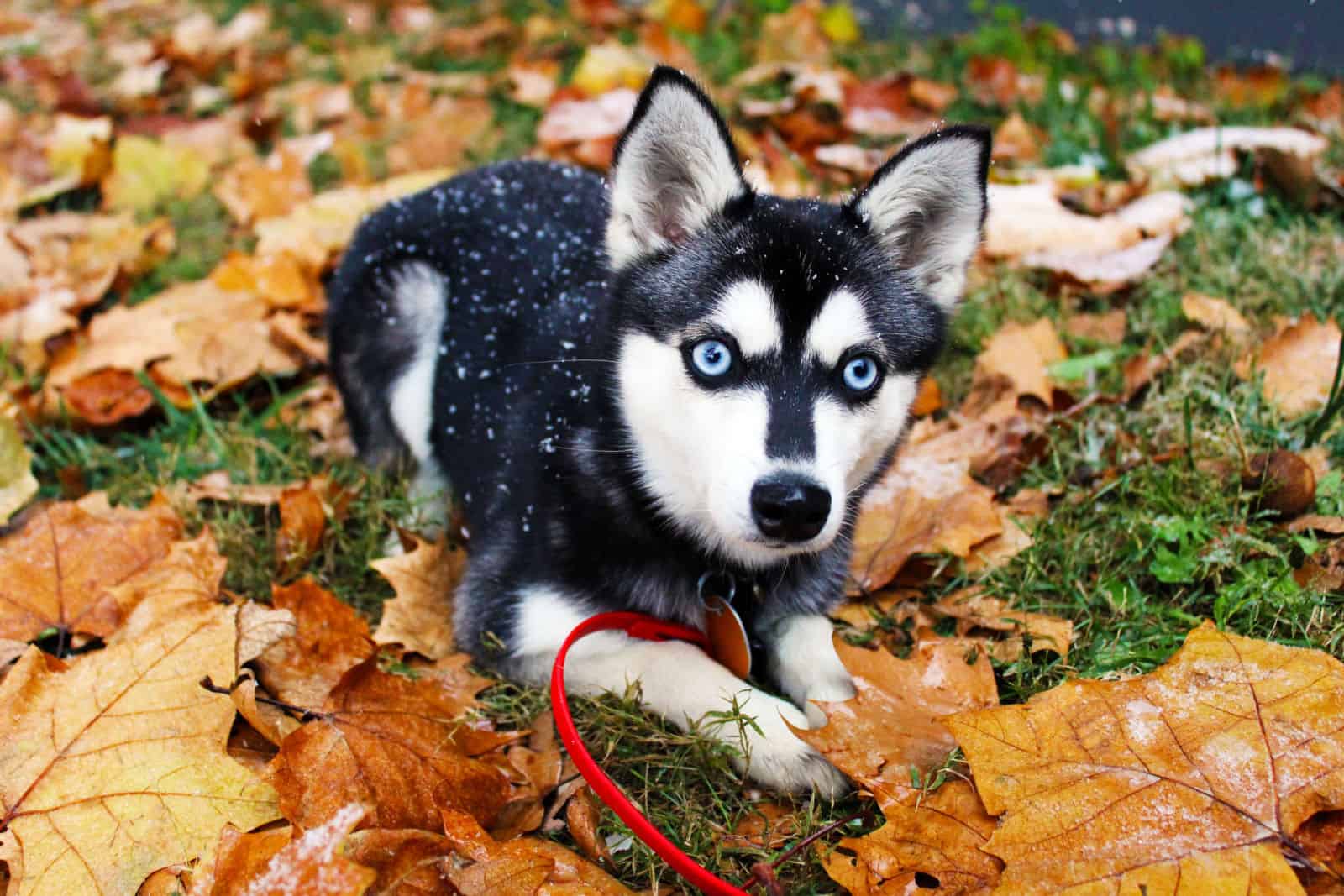
First up, we have a rather underrated dog breed, the Alaskan Klee Kai. This purebred, Husky-like pooch is not as commonly kept as his Siberian counterparts. Still, lots of owners are deciding to get one.
They are extremely social and get attached to their humans very fast.
Klee Kais are small and vocal pups that often whine, howl, or bark at nothing, which can be an early sign of separation anxiety.
2. American Pit Bull Terrier
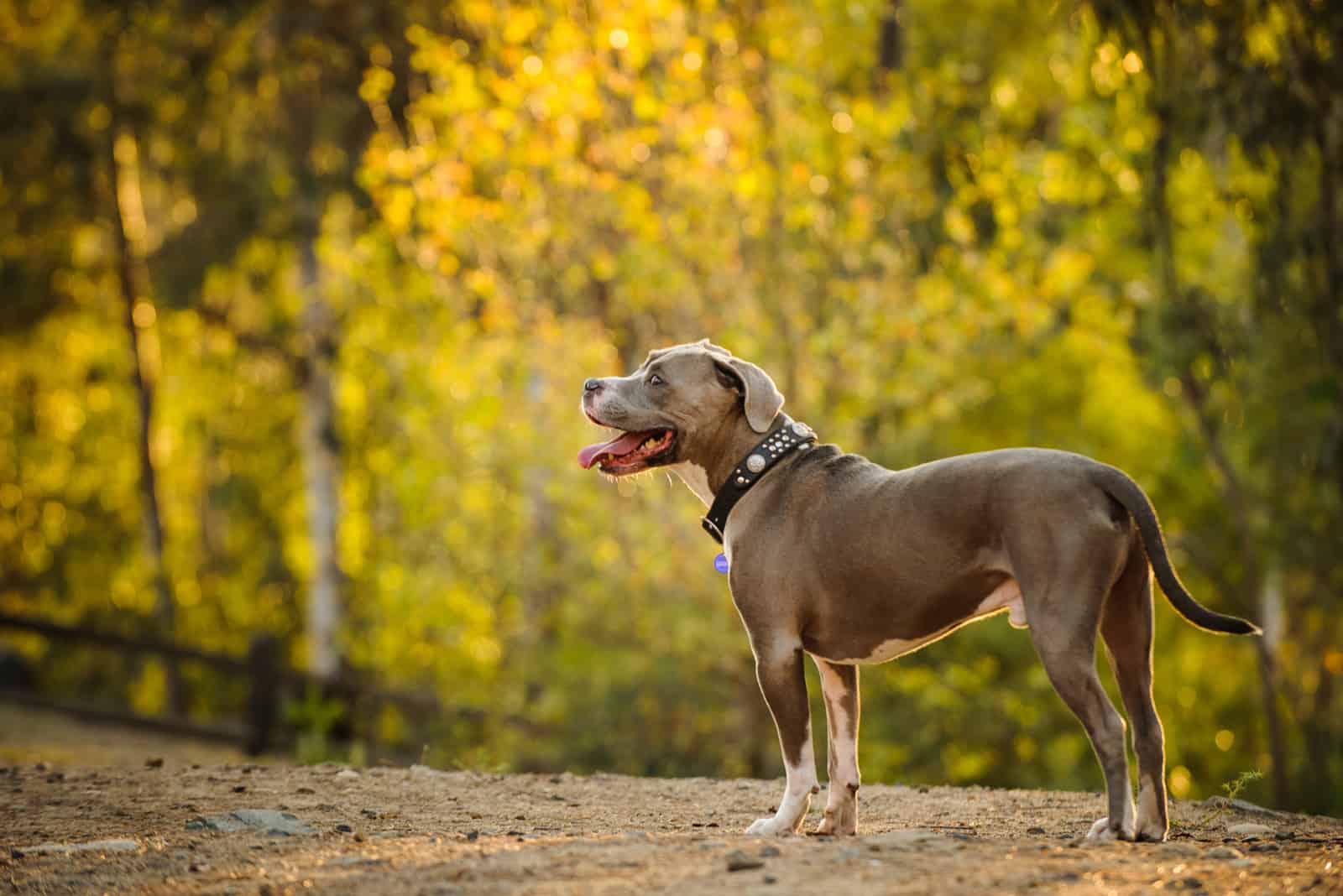
It may come to you as a surprise, but despite their tough appearance, American Pit Bull Terriers are sensitive dogs that are very attached to their family. So much so, that they often develop separation anxiety when their favorite human is gone for extended periods of time.
They may show this through excessive excitement once the owner is back or they might indulge in some destructive behavior shenanigans.
One thing is for sure, these pups need a lot of exercise to avoid developing behavioral problems.
So, stick to doing what both you and your Pittie love and kick that separation anxiety to the curb.
3. Australian Shepherd
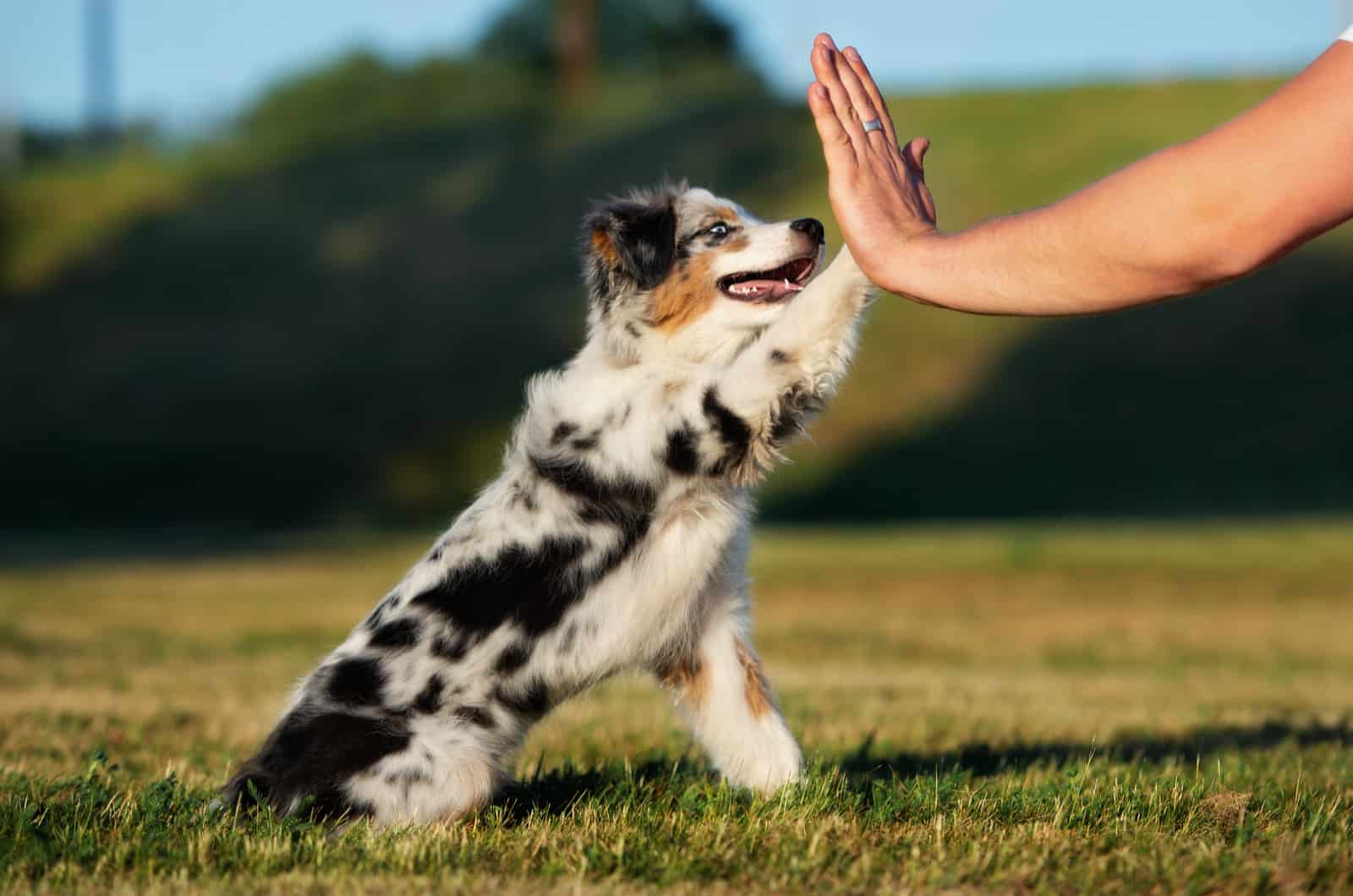
Aussies are fun-loving pups, but they can show separation anxiety signs through following their owners everywhere, barking, licking their owners or even sitting on them.
Some Australian Shepherds may pee a lot as a sign of submissive behavior and anxiety.
4. Bichon Frise
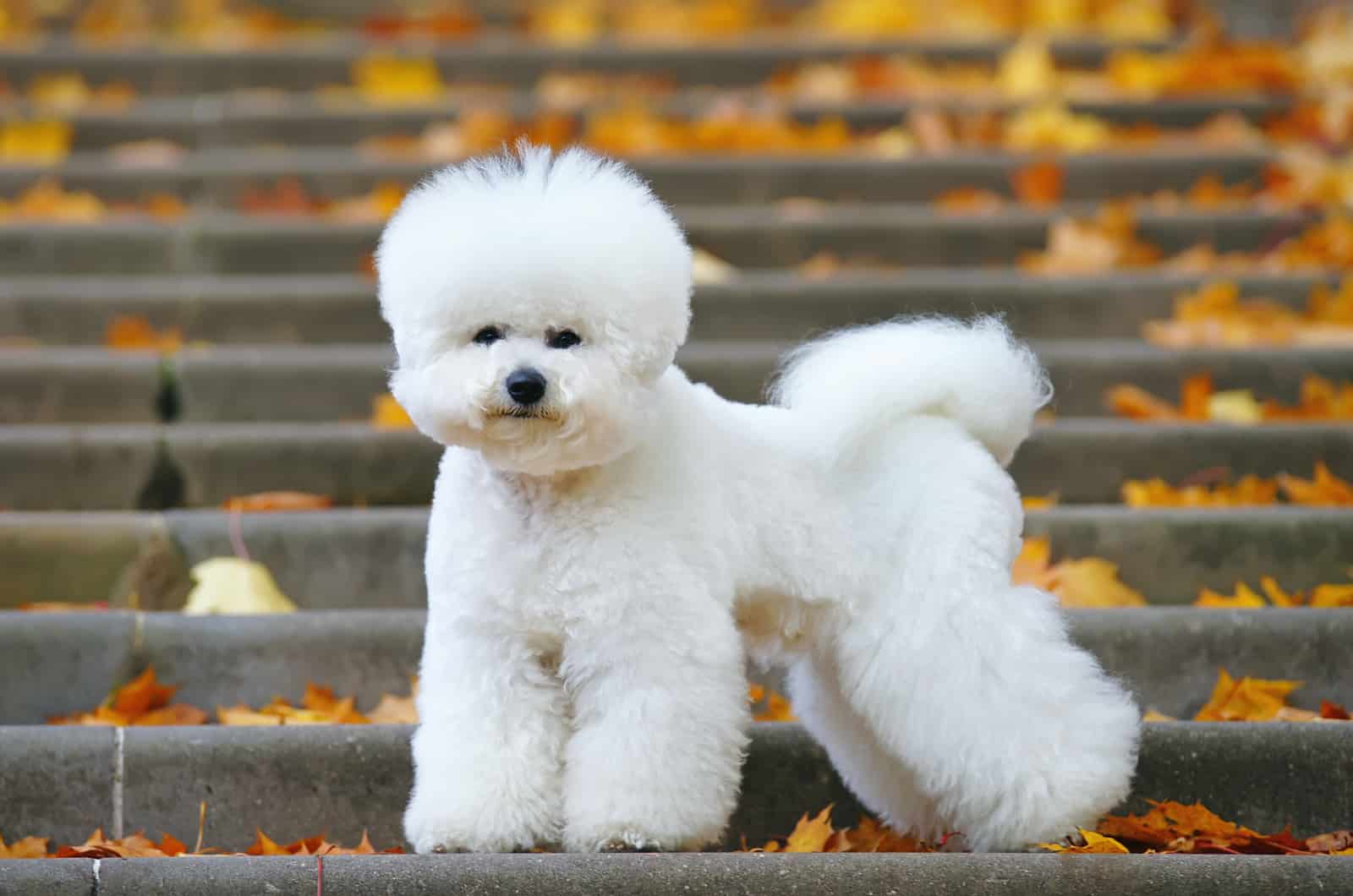
Bichon Frise are undoubtedly among the cutest dog breeds. But, their cuteness comes with a price.
Both males and females are prone to developing separation anxiety because they fear their owners will not come back home. As a result, they may start barking, drooling, pacing, and whining.
5. Border Collie
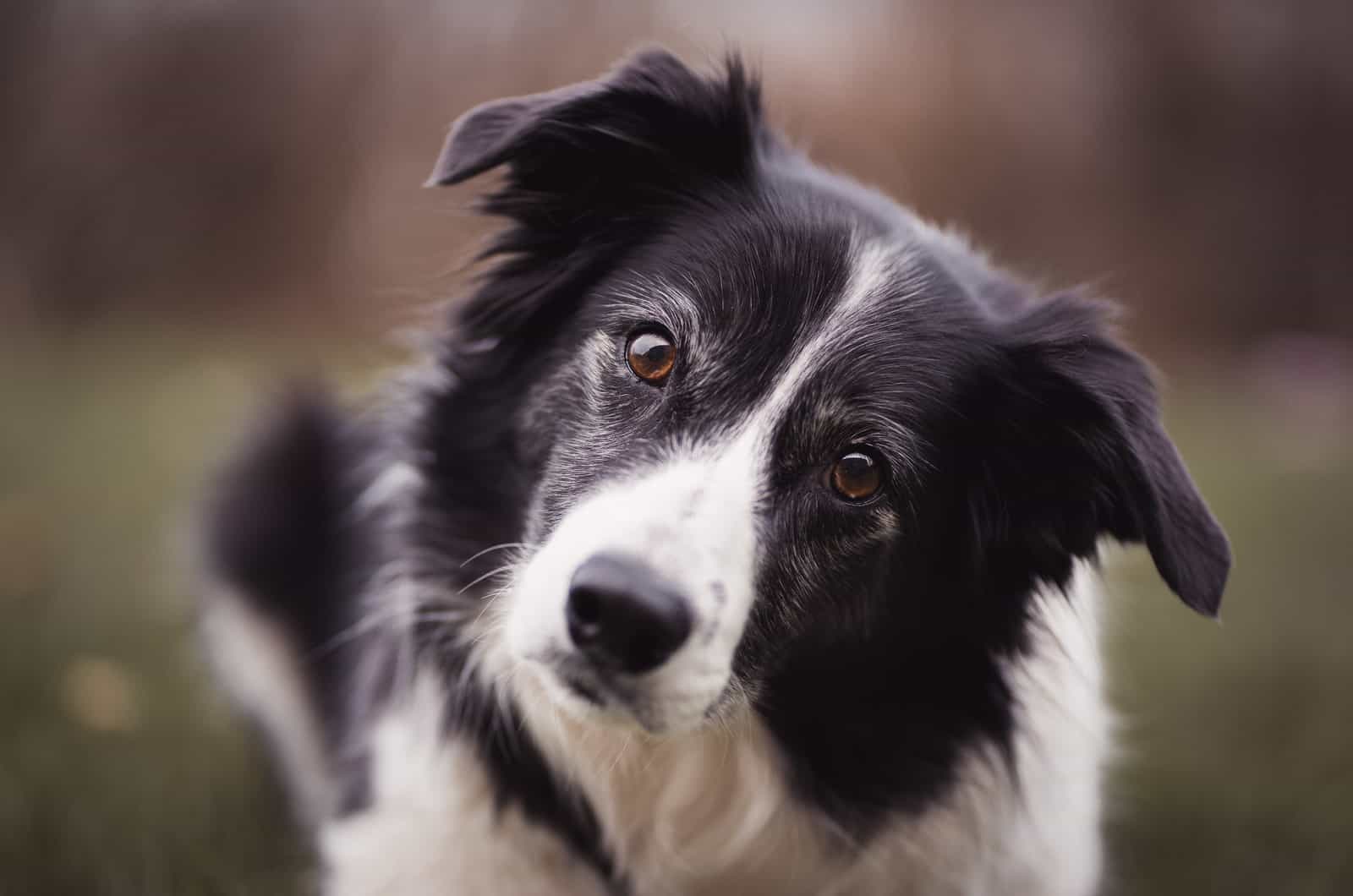
Border Collies are intelligent and active, but when their owners are away, they turn into scaredy cats or even aggressive dogs.
In fact, anxious Border Collies may become afraid of other people and owners may have problems with their excessive barking.
6. Cavalier King Charles Spaniel
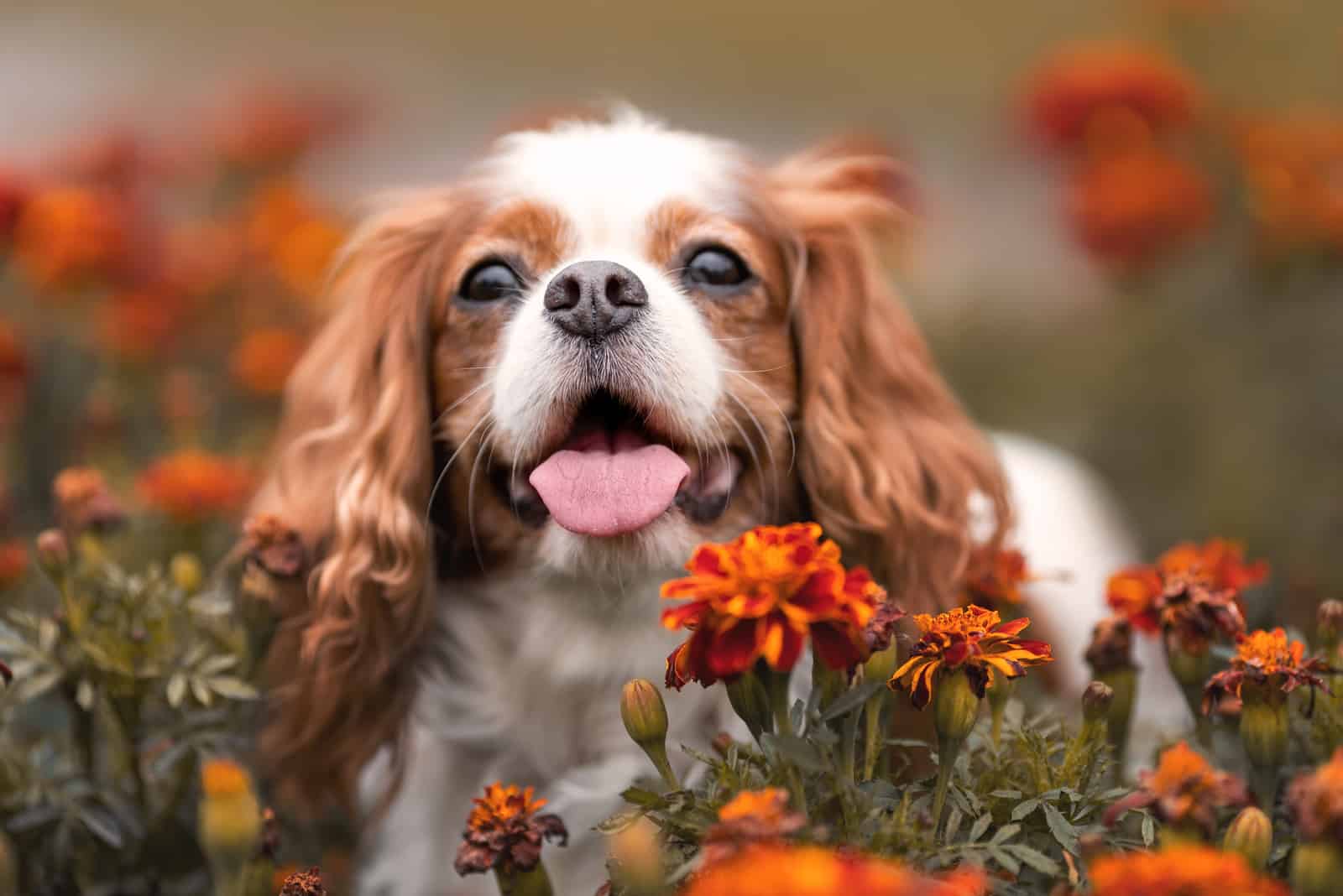
Ever heard of the term “velcro dog”? Well, that’s what a Cavalier King Charles Spaniel is. As true canine companions, they love to be around their owners, but find it very difficult when they need to be separated from them for a while.
Most of them will feel lethargic, but some CKCSs will pee excessively as a sign of anxiety.
7. Chihuahua
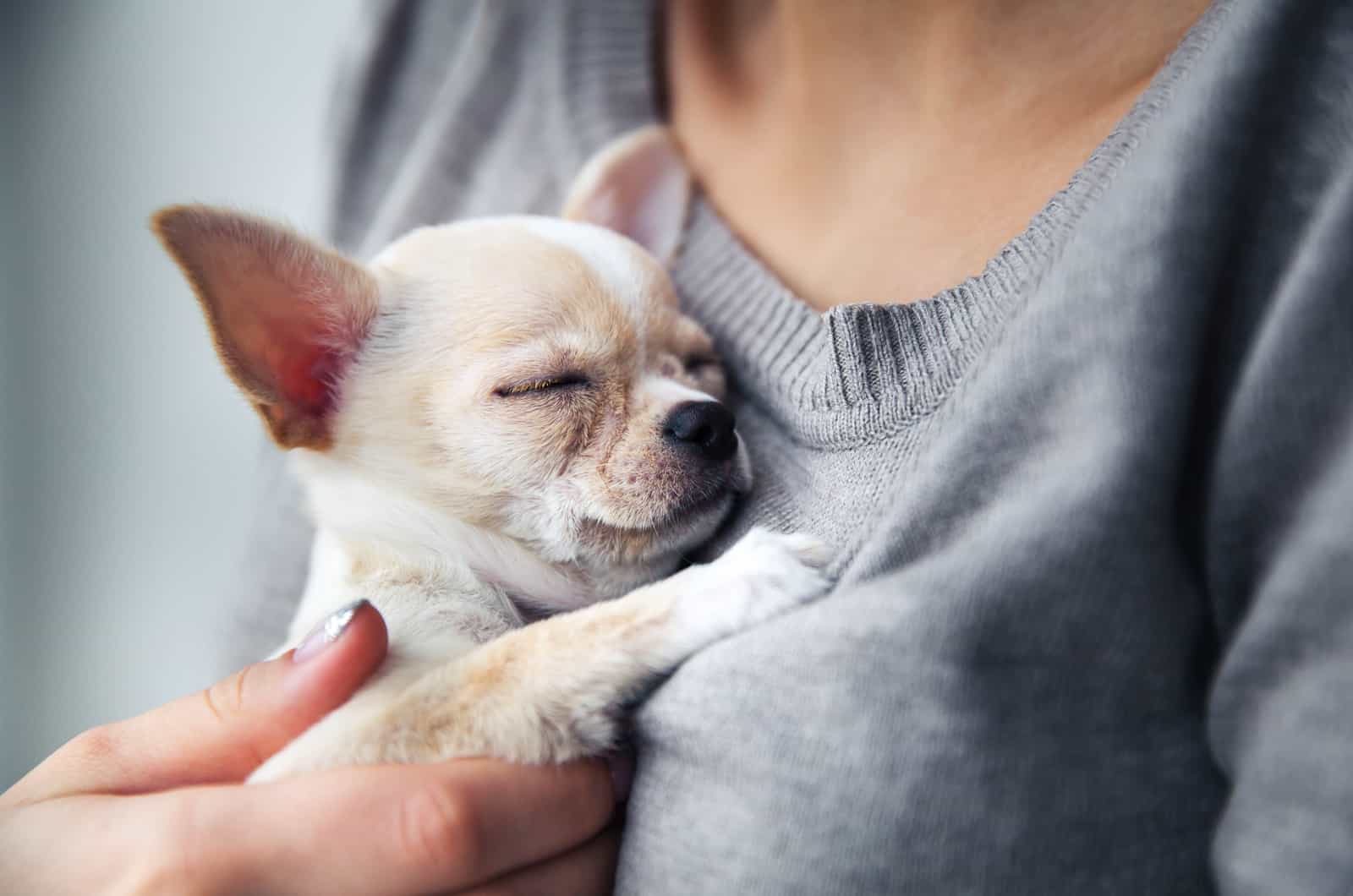
Your Chihuahua is not being mean to you, they are showing signs of separation anxiety.
Chis are very affectionate dogs that attach themselves to their owners so much so that they refuse to eat when left alone.
These small dogs may often shake, whine, bark excessively, or even start losing their hair as they become weaker due to being separated from their owners.
8. Cocker Spaniel
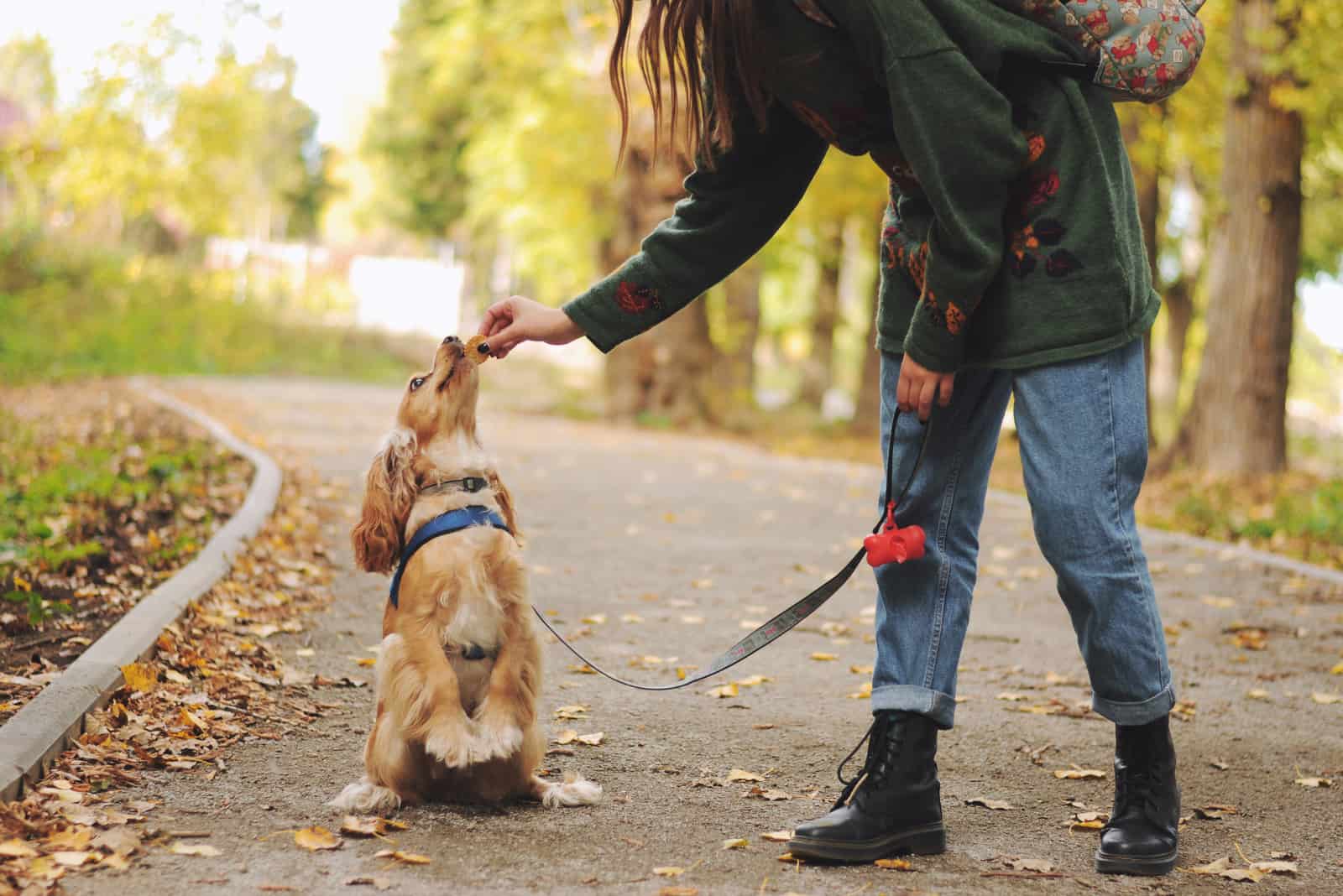
No matter their gender, Cocker Spaniels are loyal furballs that take separation from their owners very badly.
Even though they are not known as aggressive, they can bark a lot as a sign of stress and separation anxiety.
9. Fox Terrier
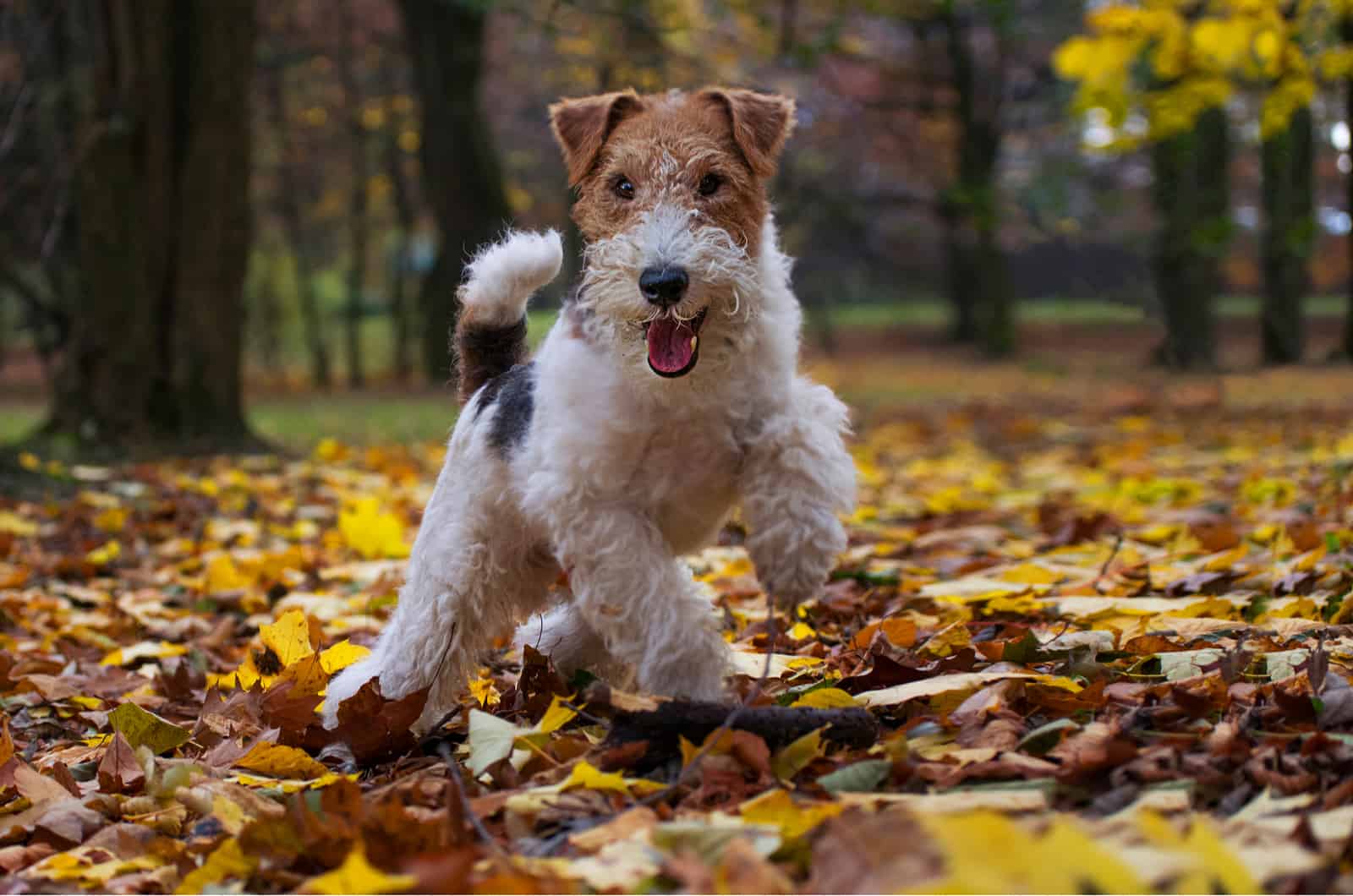
Fox Terriers are small but energetic dogs that may develop separation anxiety as a result of boredom.
They may show signs of stress through barking, restlessness, growling, or even biting.
10. French Bulldog
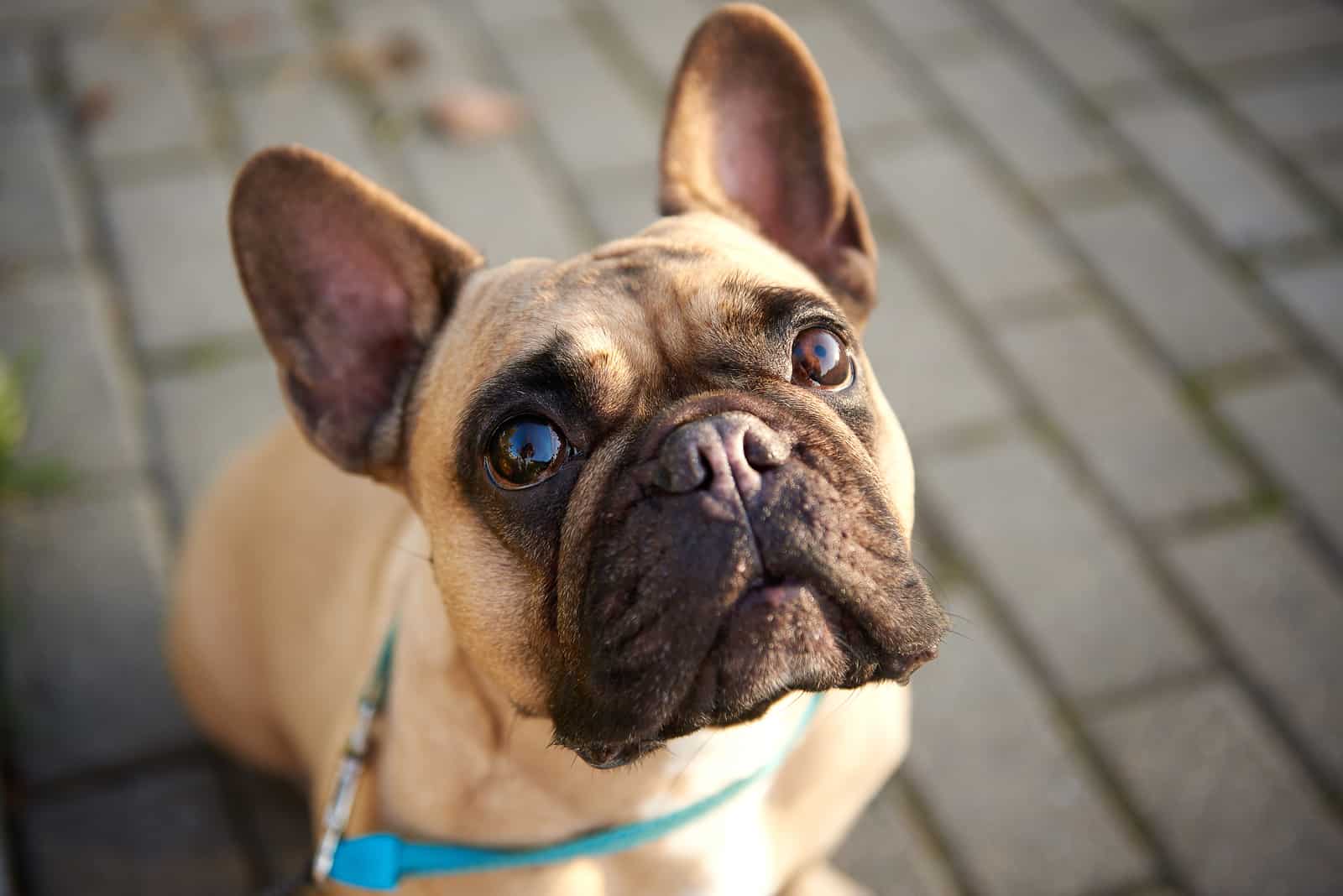
Frenchies that suffer from separation anxiety may be hyper all the time, or even display aggressive behavior towards their owner and other animals.
This can go as far as to Frenchies eating poop excessively, which is not considered as normal behavior.
11. German Shepherd
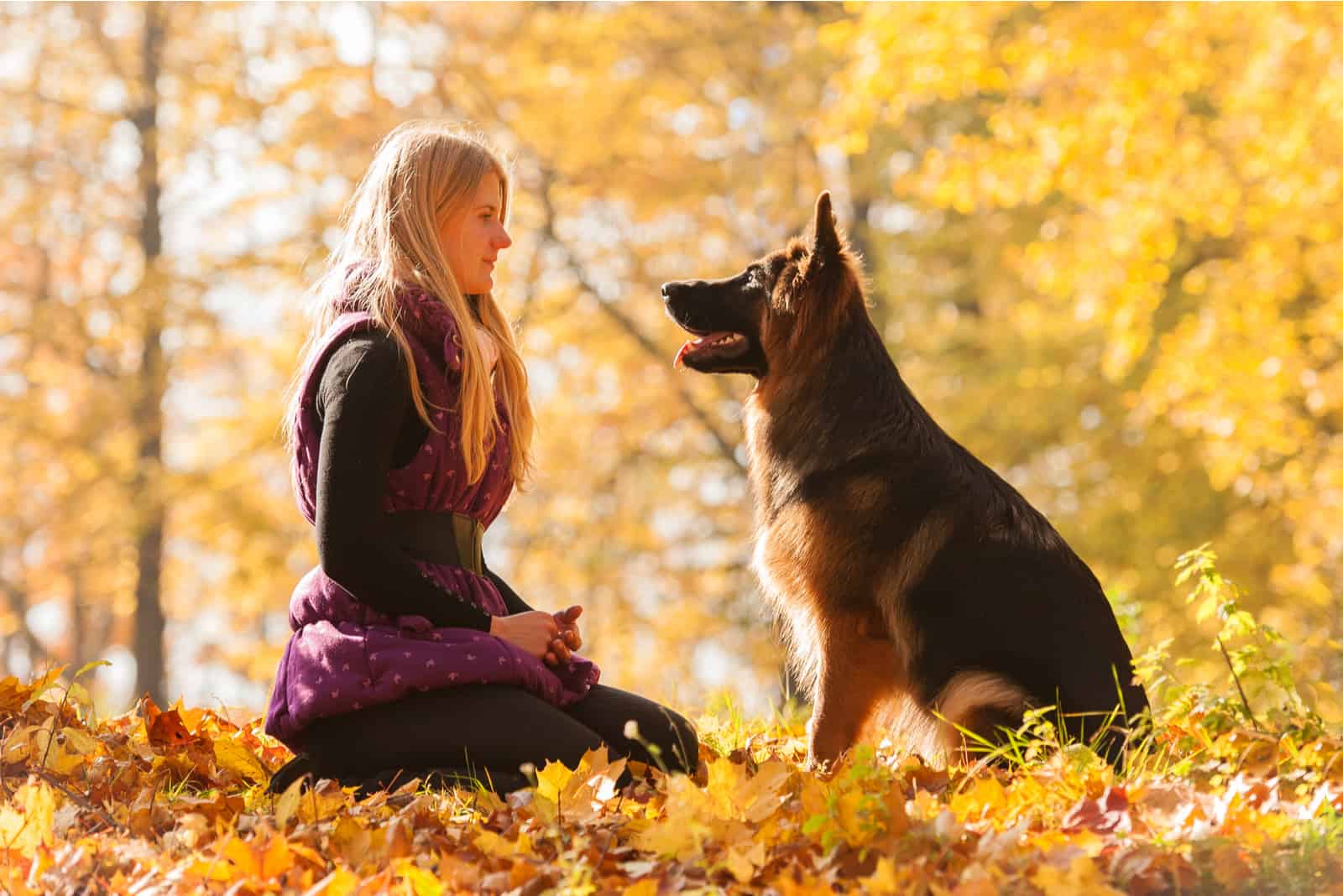
Anxious German Shepherds can be very troublesome because they start displaying aggressive behavior, nibbling, restlessness, excessive whining, destructiveness, and so on.
While there are many ways to help your GSD with his anxiety, there are times when you’ll have to call a professional dog trainer.
Until then, you can try doing the things you German Shepherd loves!
12. German Shorthaired Pointer
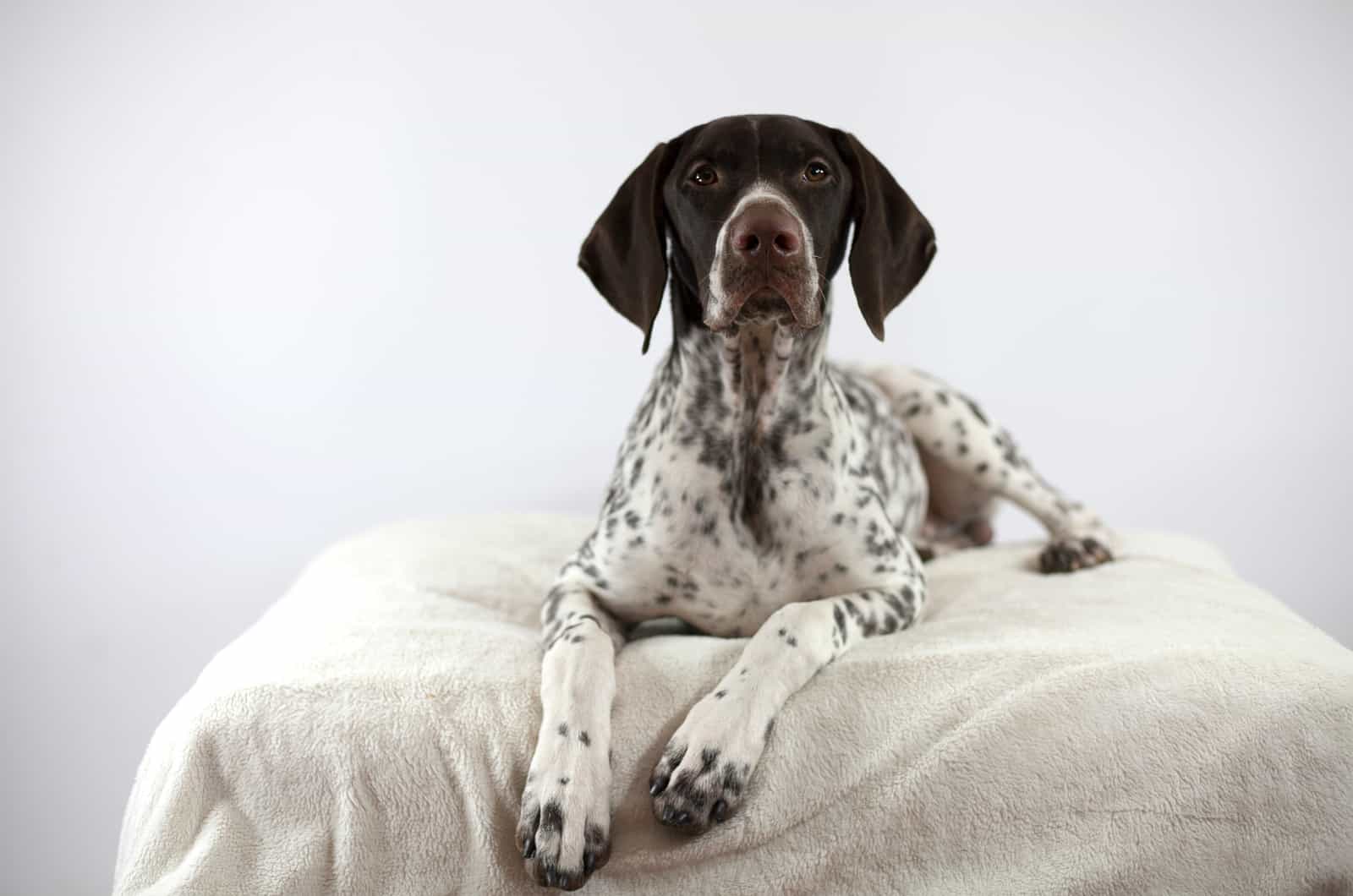
German Shorthaired Pointers are big dogs with big, sensitive hearts.
They love their owners so much that they can become very anxious when left alone. Even GSP mixes can be clingy and needy pups.
So, no matter if it is a mixed pup, male or female, this breed needs all the attention it can get!
13. Havanese
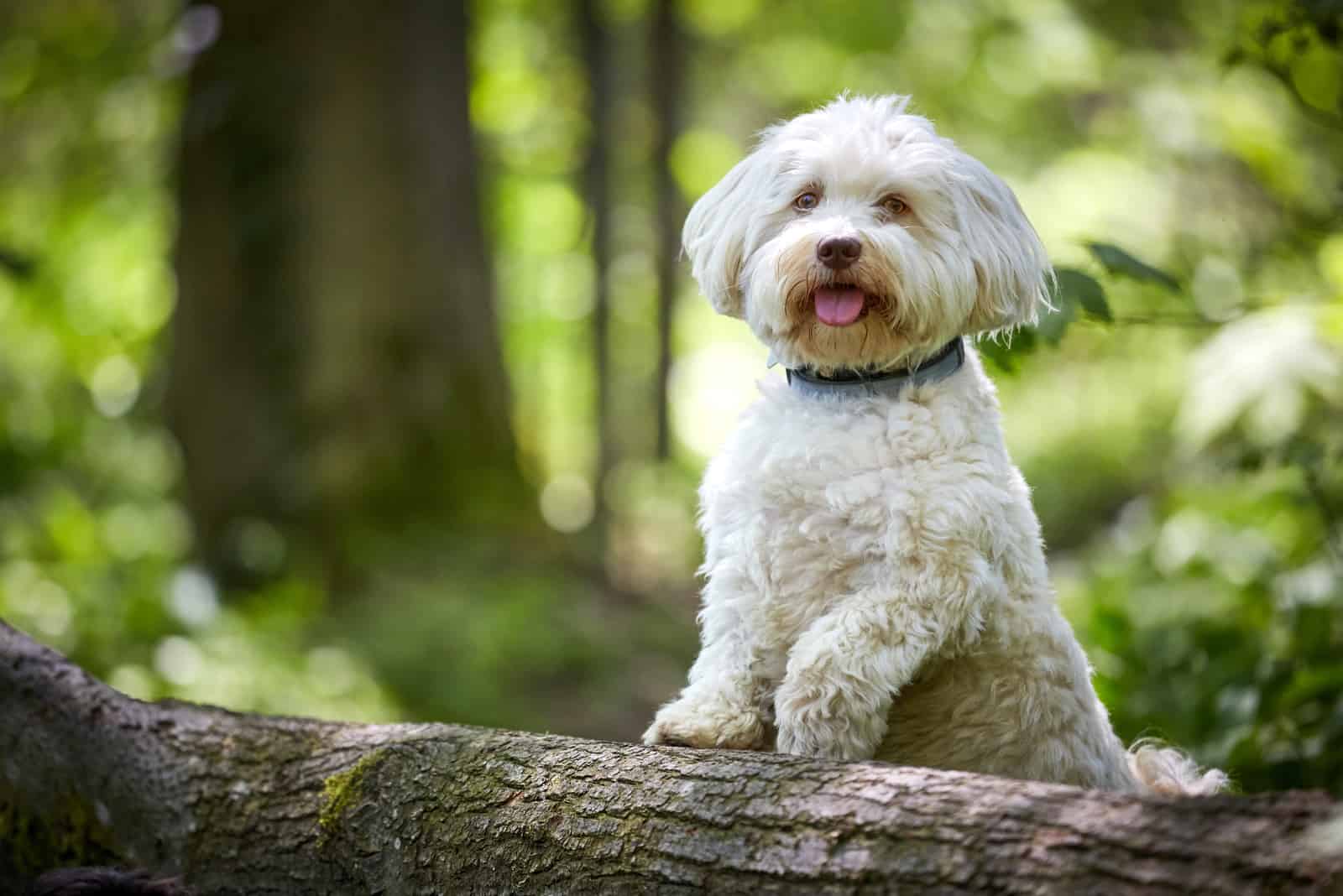
While there are many differences between male and female Havanese dogs, they both have one thing in common, and that is being prone to separation anxiety.
If left unnoticed, anxiety signs in Havanese can worsen from a simple loss of appetite to chronic health issues that can affect their lifespan.
14. Italian Greyhound
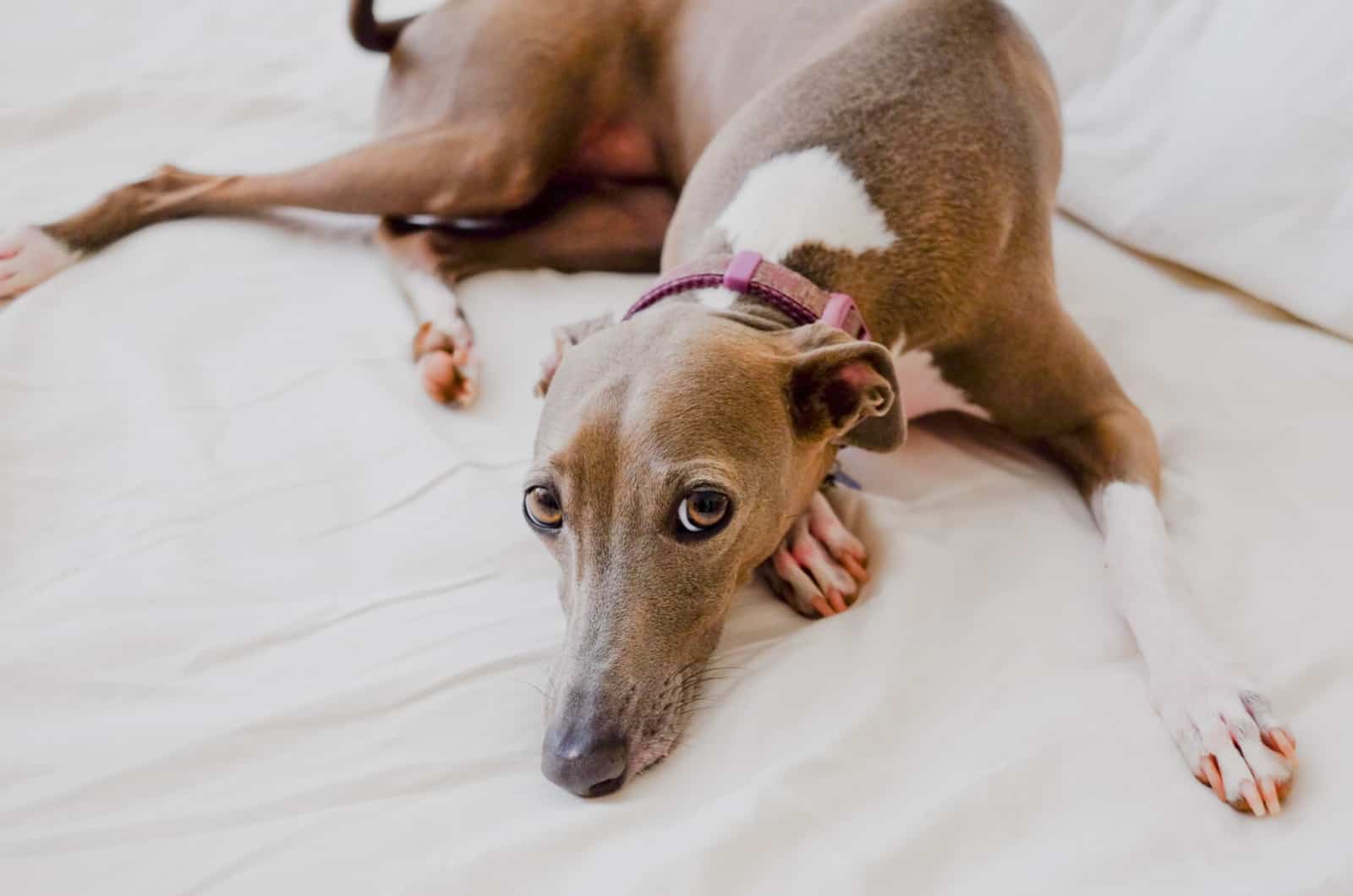
Italian Greyhound is another velcro dog on the list that hates spending time alone.
Separation anxiety in this breed can manifest itself through excessive peeing, destructive behavior, restlessness, and extreme fear of everything.
15. Jack Russell Terrier
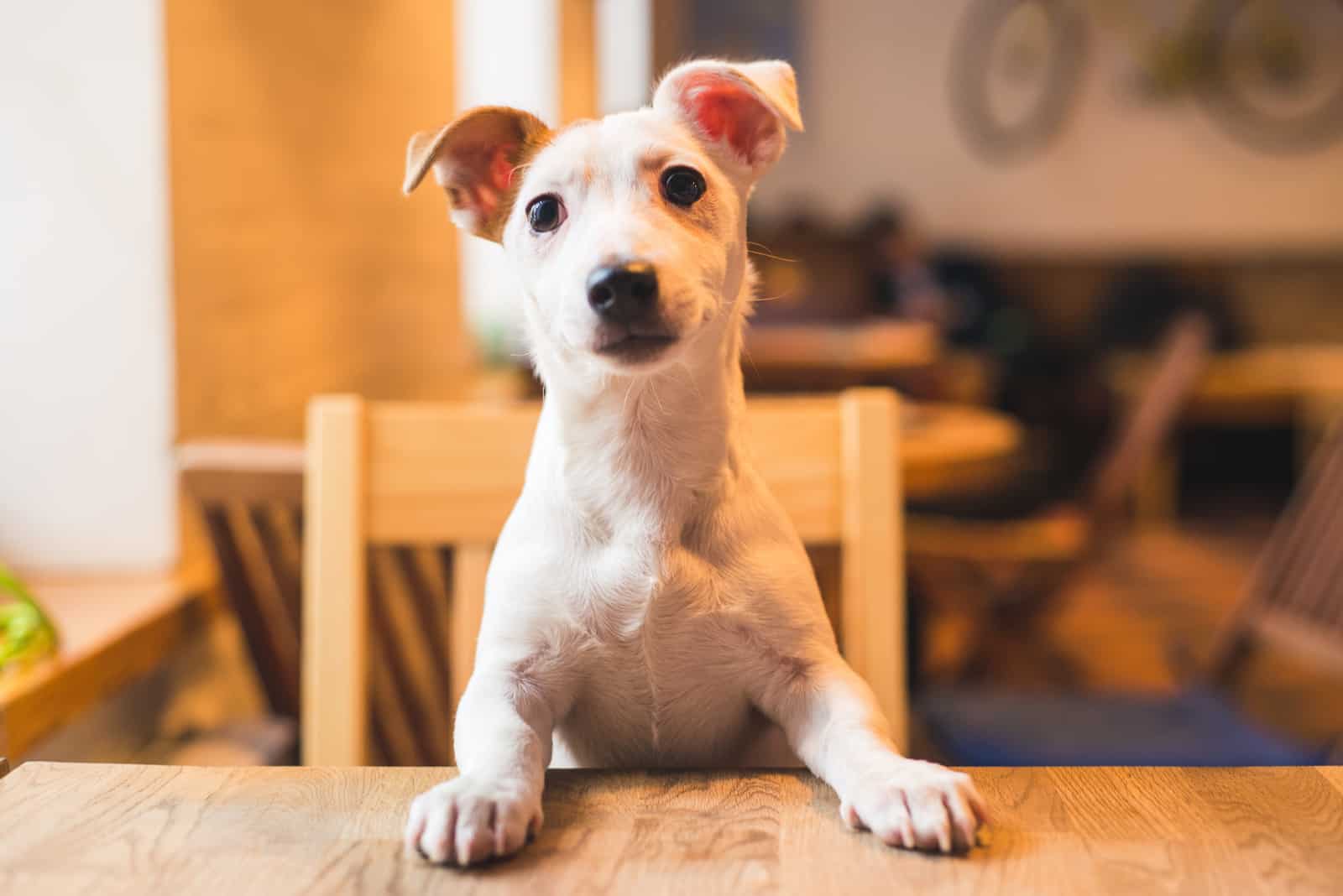
Small and energetic, the Jack Russell Terrier is like all Terrier dog breeds that quickly become bored with everyday games and toys.
Instead of crying out for their owners, JRTs will most likely dig through the furniture and go on a destruction frenzy!
16. Labrador Retriever
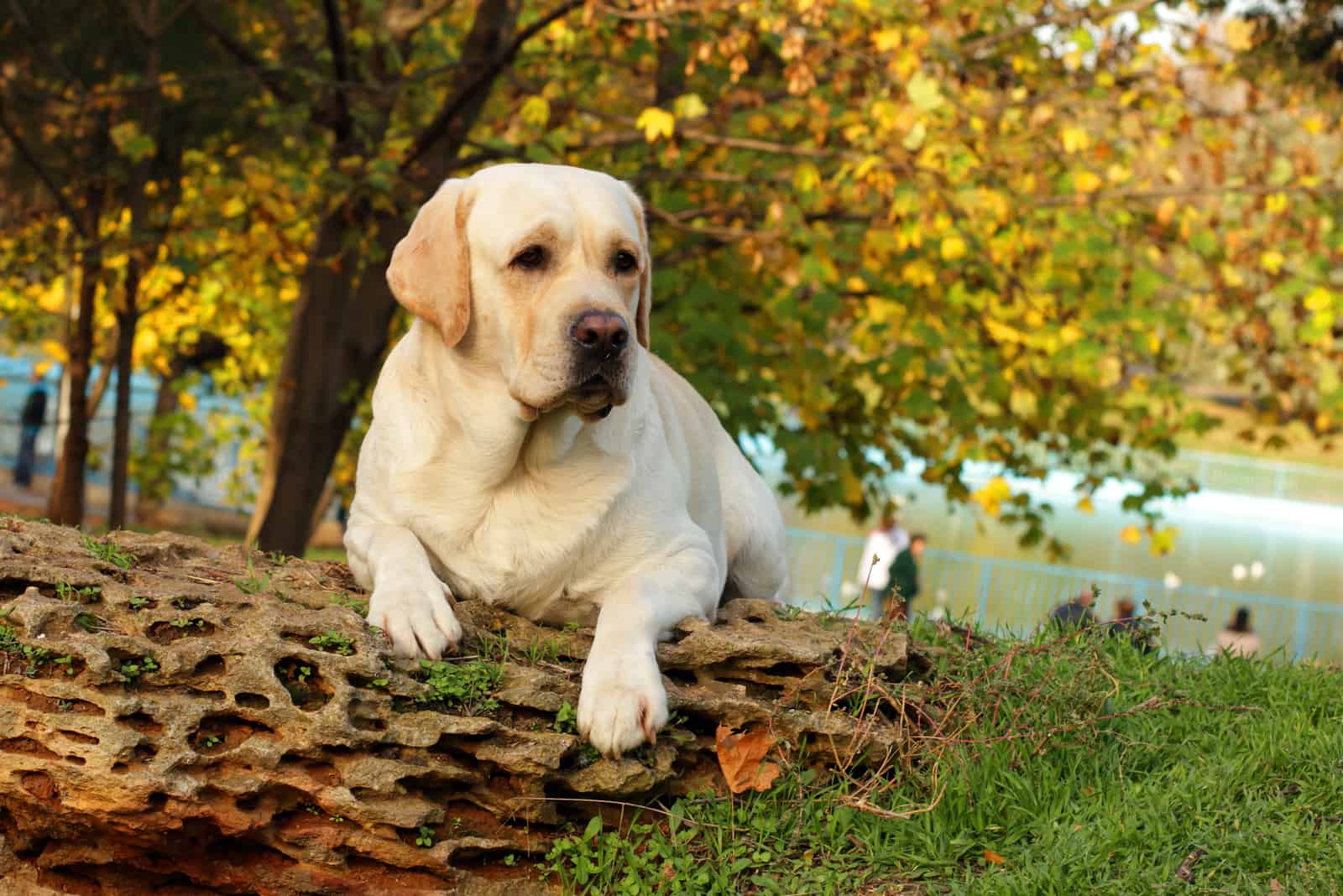
Labradors are big, goofy dogs that are very attached to their humans and once they leave, they become the worst dogs!
From barking, whining, crying, yelping, and screaming, anxious Labs will do it all!
17. Lhasa Apso

Lhasa Apsos are among those small dog breeds that attach themselves to one human. When left alone, these pups pace through the house and whine while they wait for their human to come.
Their separation anxiety can get so bad, that they will start destroying everything that stands in their way!
18. Pomeranian
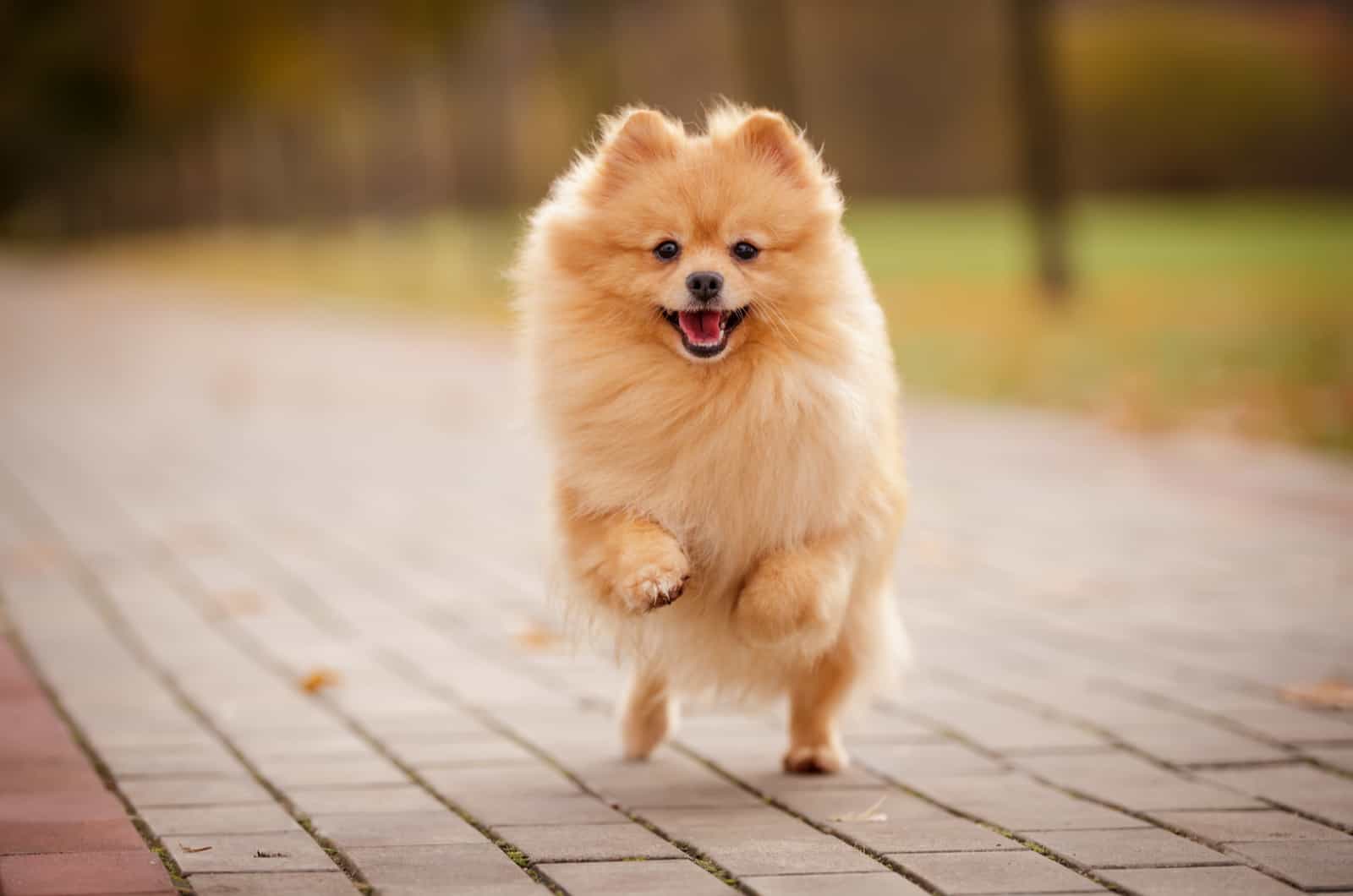
Poms are small and needy dogs, which is why some may call them the worst dogs out there. We know that there is no such thing as a bad dog. But, there is such a thing as an anxious one.
If you come back home and see your Pomeranian’s toys all jacked up, then I have to inform you your pup is destructive and stressed out of his mind from separation anxiety.
19. Siberian Husky
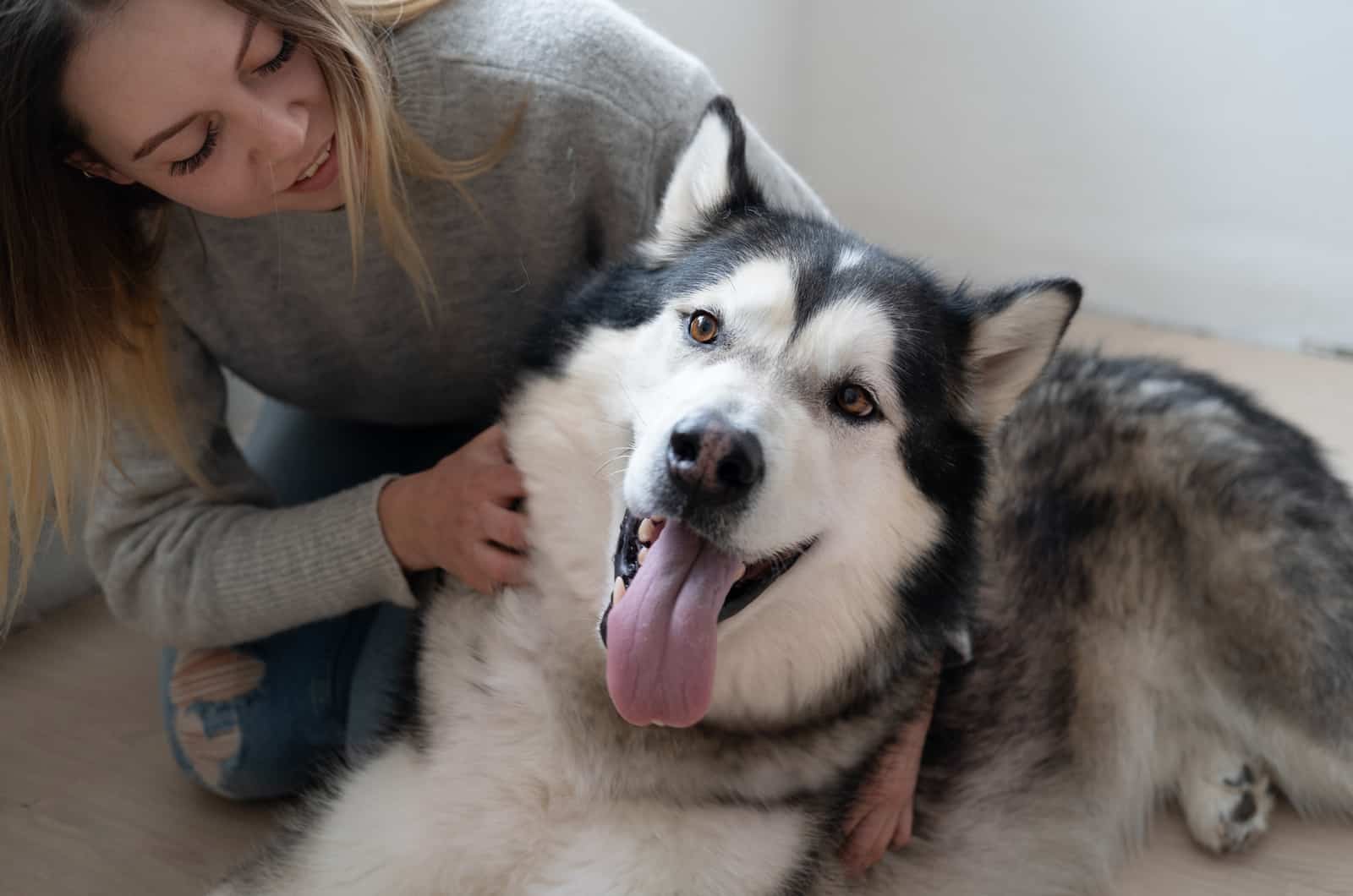
Huskies are vocal dogs that love to howl when they feel good. But they also howl and bark a lot when they feel bad.
Separation anxiety can turn Huskies into aggressive dogs that may gain a reputation as the worst dogs.
20. Toy Poodle
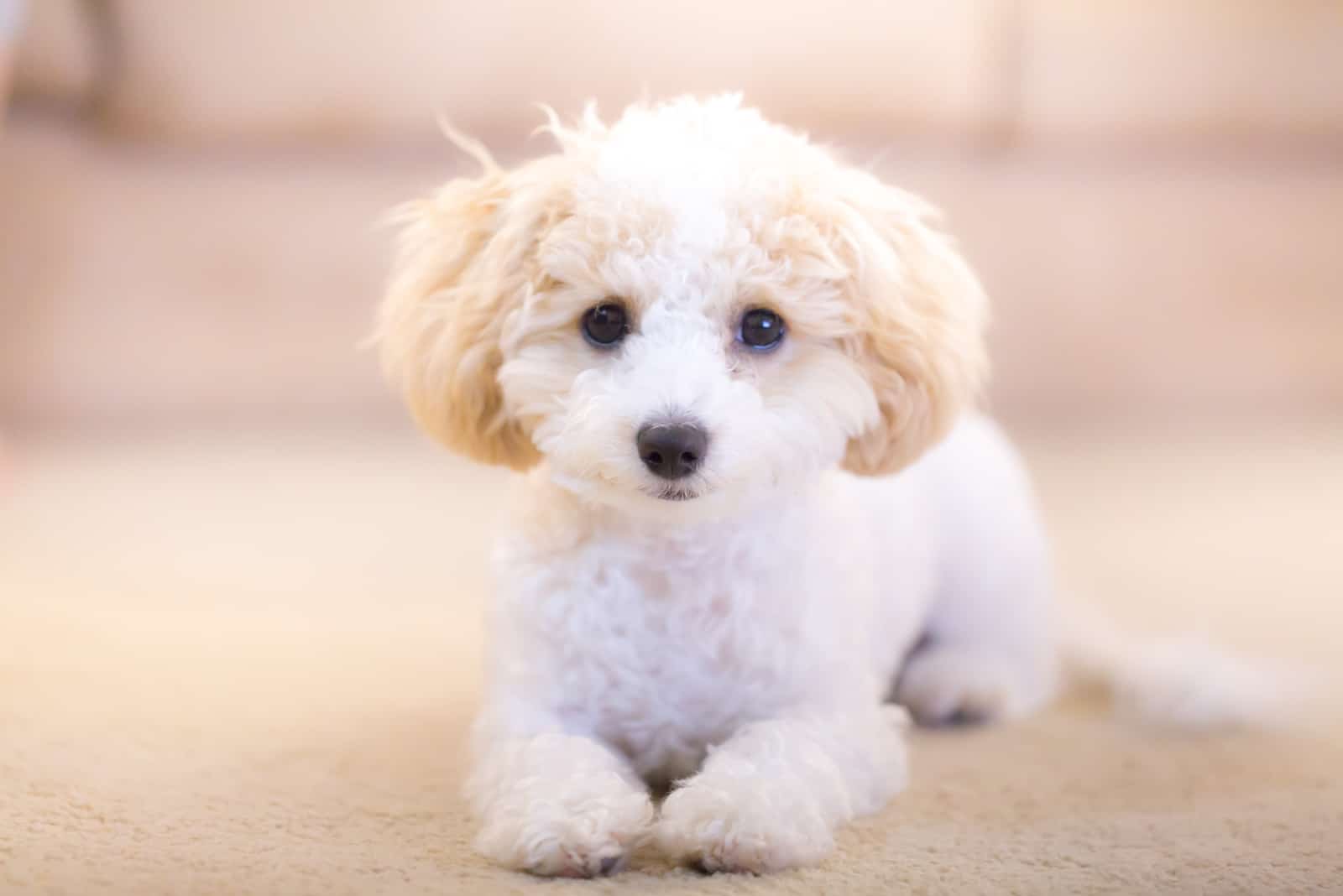
Toy Poodles are sensitive and full of love to give. This combination is the perfect recipe for separation anxiety, which can make you think that Poodles are the worst dogs.
Instead, they are afraid, stressed, anxious, and sad because their owner is not around. Such a state can lead to hair loss, diarrhea, and loss of appetite.
21. Vizsla
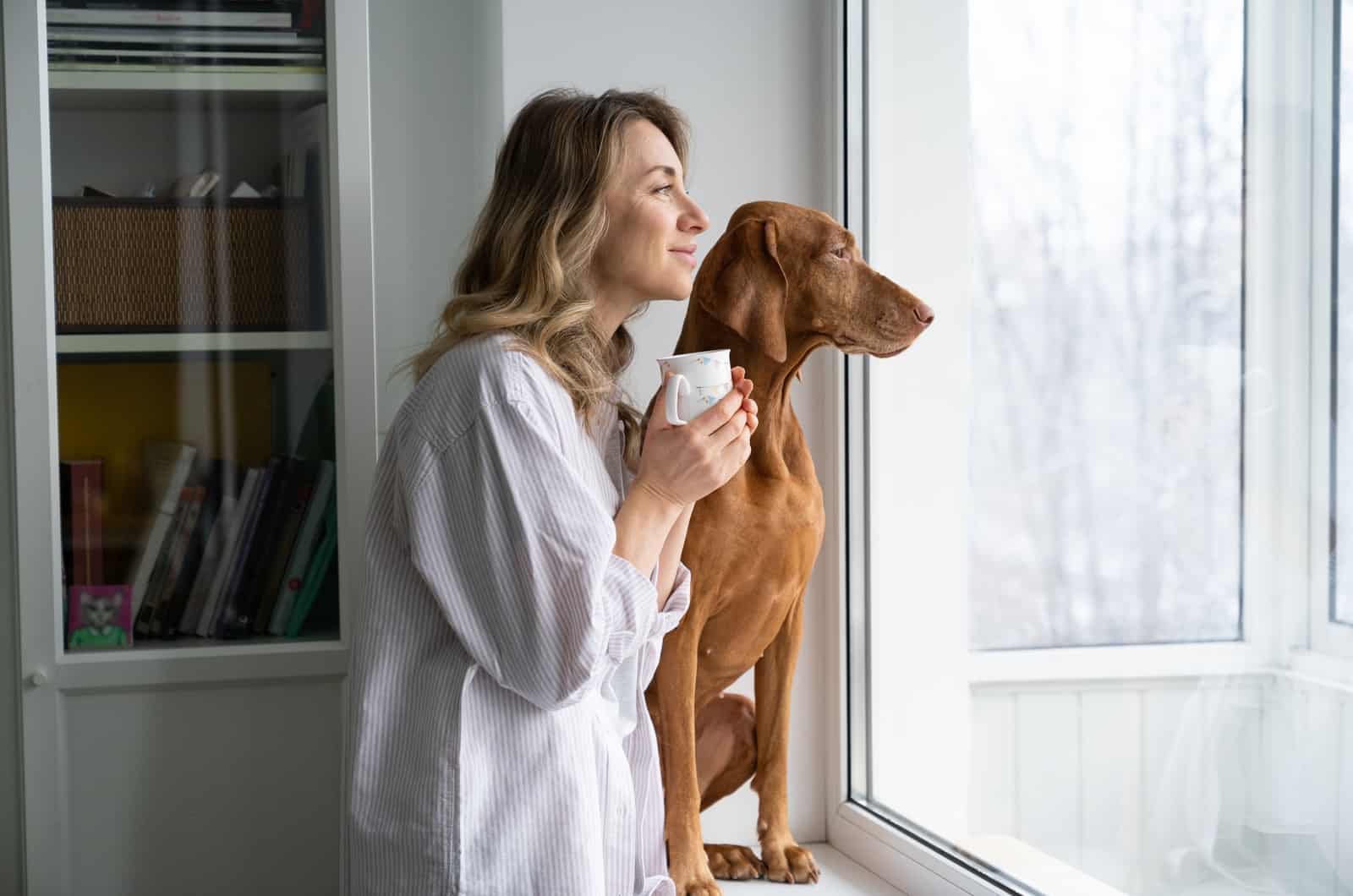
Vizslas become insanely attached to their owners which is why they are more prone to separation anxiety.
When they are alone, Vizsla dogs may feel distressed and anxious, which can lead to loss of appetite, destructive behavior, and restlessness, especially at night.
Is Separation Anxiety Breed Specific?
Not necessarily. Separation anxiety is more common in outgoing dog breeds that live and breathe social interactions. These pups are more likely to get attached to their owners and have a very bad time when they are not around.
It is important to note that any dog, regardless of breed, can develop separation anxiety if they are strongly attached to their owner and are not given the proper training, early socialization, and preparation for being left alone.
Final Thoughts
Separation anxiety is a very stressful behavioral issue that can affect all dogs. However, some social dog breeds prone to anxiety may take this problem very hard, which can result in the development of some chronic health problems.
Remember that early socialization, training, and proper exercise, along with mental stimulation are key to preventing or addressing this problem in our canine companions.
